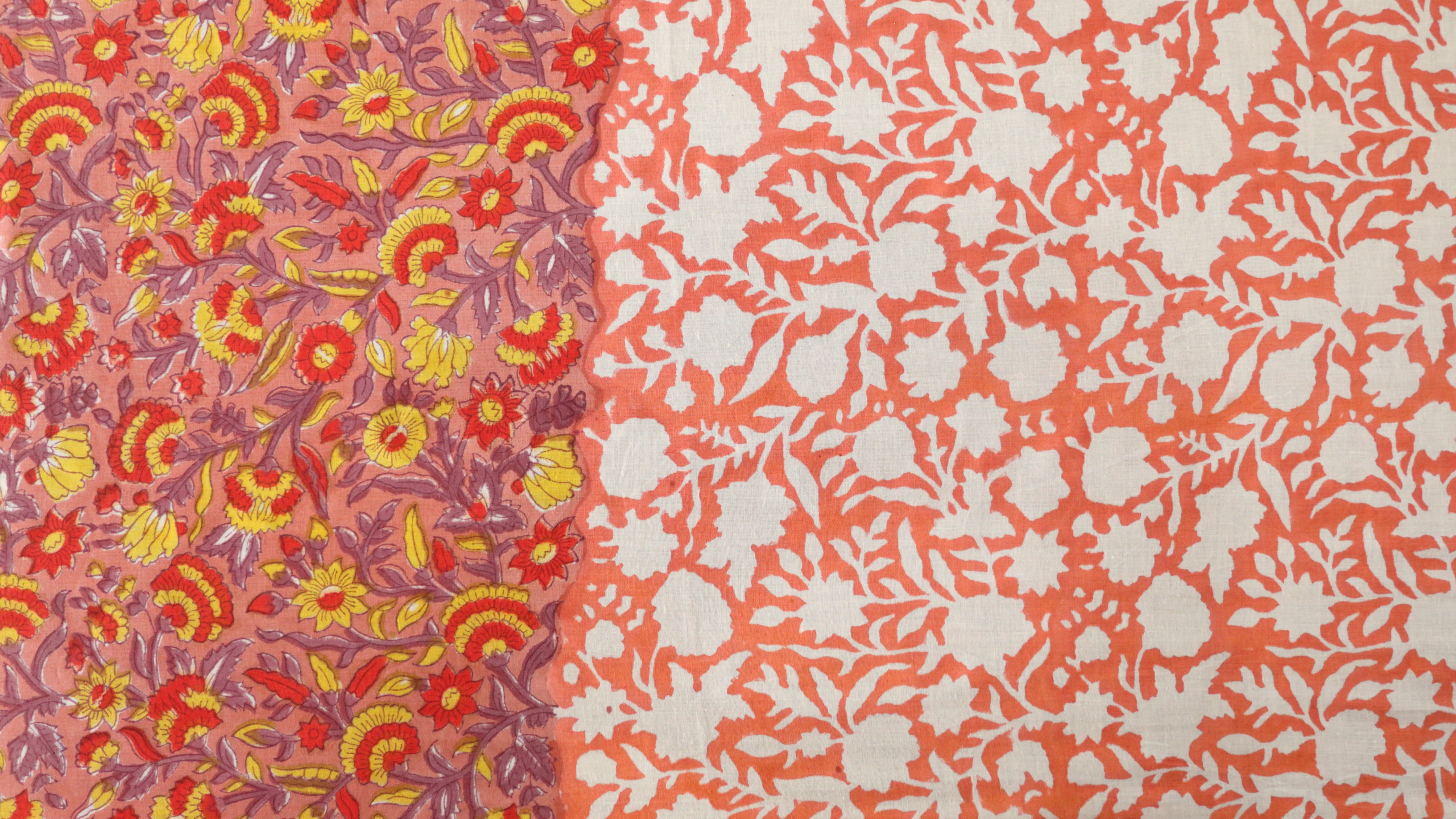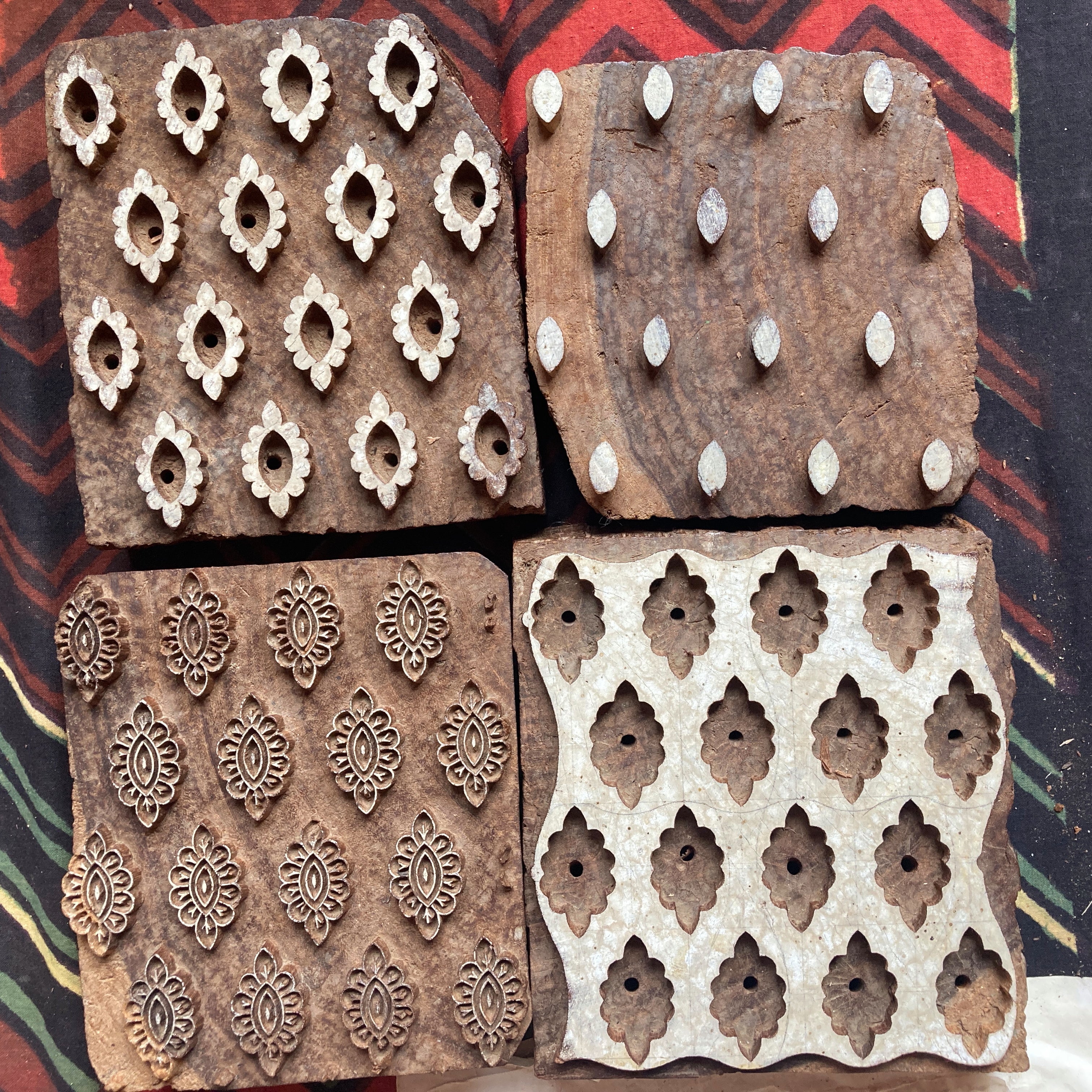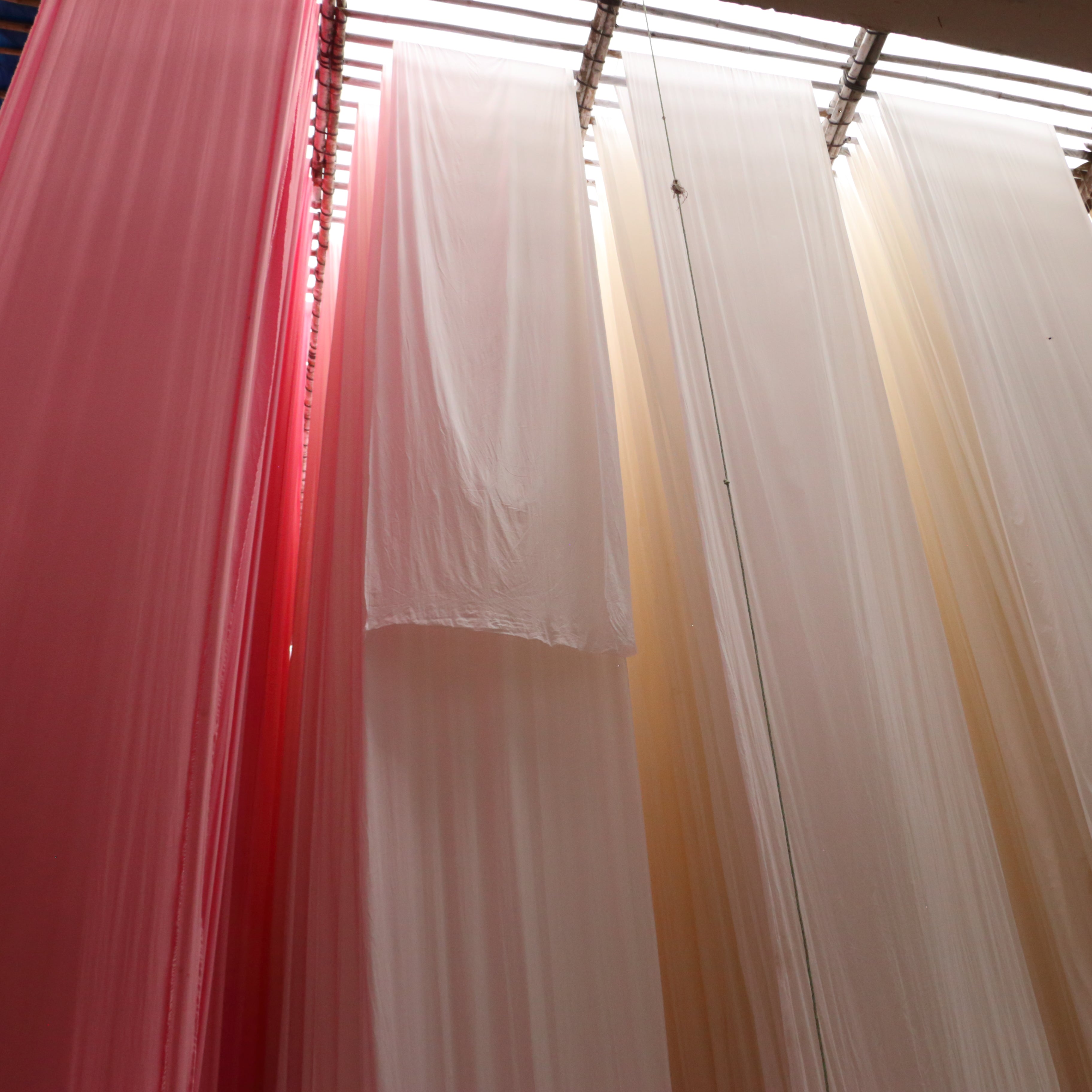
The Blockprint: the art behind our creations
Maison Tanaya has made it its mission, through its collections, to promote the work of its talented artisans and to contribute to better publicizing the traditional know-how that gives so much charm to our products. At the heart of the techniques used is blockprint, an ancestral textile printing technique typical of Rajasthan that has seduced for centuries by the beauty and complexity of its patterns.
Woodblock printing in India dates back several centuries, although its exact origins remain uncertain. Fragments of printed fabrics from Rajasthan dating back to the 3rd century CE have been found in Palmyra, Syria, and mordant dyes dating back over 3,000 years have been found in Mohenjo-Daro, now in Pakistan, demonstrating the long Indian tradition of this craft.
Supported by a system of royal patronage in India, this craft developed and flourished along the ancient trade routes linking China to Africa. With the creation of the British East India Company in 1600 and the growing dominance of European trade, printed muslins conquered European markets in the 17th century. But the political changes of the 19th century and the Industrial Revolution introduced mechanical techniques that nearly extinguished this tradition. In the 1960s, thanks to a new interest from entrepreneurs seeking authenticity, these techniques experienced a renaissance. Renewing palettes and patterns to allow the preservation and longevity of this art, it is in this lineage that Maison Tanaya seeks to inscribe itself.
When fabric comes to life...
The stages of creation

The creation of the block
The blocks are typically made from Indian rosewood, “shisham,” or rosewood. The circular cross-sections of the tree trunk must be free of knots or imperfections. The blocks are sanded to a smooth finish and then whitewashed with a chalk paste. The carver traces a design into the surface before beginning. Working without the aid of powered machinery, the artisans rely on traditional hand tools, so the intricate blocks can take six days or more to complete depending on the difficulty of the design.

The dye
For centuries, Indian dyers, called “rangrez,” used natural dyes to color fabrics, creating hues of unparalleled richness. Each region of India specialized in certain shades, drawn from local trees, flowers, and shrubs. Their expertise, recognized worldwide, surpassed that of their contemporaries and is largely responsible for the success of the “indiennes.” However, the advent of the Industrial Revolution gradually introduced chemical dyes, expanding the color palette while making the process faster. In less than a hundred years, natural dyeing was gradually supplanted by modern methods, although some communities still perpetuate these traditions today.

The printing
The artisan printers called "chhipas" will apply the printing on the fabrics using techniques specific to the different communities of Rajasthan. (Even if block printing is not exclusive to it).
The patterns applied in more or less layers are of infinite diversity. From delicate flowers to majestic animals, including complex geometric patterns. Some traditional designs have been passed down from generation to generation when others are new creations that constantly renew this art.
Blockprinting is much more than just a printing technique. It is an art that reflects the richness of India's cultural heritage. By combining tradition and modernity, blockprinting continues to fascinate and inspire. By choosing blockprinted textiles, you are helping to preserve this ancestral know-how and you are treating yourself to unique and durable pieces.

